Dental veneers are ultra-thin, translucent pieces of composite resin material or porcelain (ceramic) shells, which are affixed permanently to the front of the teeth using special glue in order to create instant perfection. Typically, veneers are placed on the front of the teeth to brighten the teeth, mask discolourations, whiten teeth, and improve smiles.
The cosmetic enhancements are made from materials that closely resemble the natural dental enamel's appearance and can usually be attached to every individual tooth, or to the specific tooth that has a dental flaw. Modern technology has made dental veneers more lifelike, convenient, stronger, and to reflect light in a similar fashion as the natural dental enamel.
A Brief History of the Treatment
By the close of the 1920s, the famed Hollywood dentist Dr. Charles Pincus conceived the idea of using veneers to boost the quality of smiles of actors and actresses. Initially, he applied false fronts temporarily to the teeth of Hollywood stars because he lacked the proper technology for affixing porcelain permanently to the teeth. As a result, he achieved the illustrious and trademark smile that became the mark of Hollywood beauty.
Around 40 years later, Dr. Michael Bunocore etched teeth with a mild acidic solution and created an enhanced bonding surface for dental restorations and sealants, eventually ushering in the era of adhesive dentistry. In 1982, R. J. Simonsen and J. R. Calamia applied Dr. Bunocore's methods in the application of porcelain veneers and opened up access to the stunning Hollywood smiles to the rest of society.
What Materials Are Dental Veneers Made Of?
There are two predominant materials used for making dental veneers: composite resin and porcelain. Porcelain veneers are only fabricated indirectly and are usually appropriate for severe cases of dental wear, cracking, extensive chipping, dullness, uneven teeth, discolouration, and spacing.
On the other hand, composite veneers are placed either directly (built-up in the mouth) fabricated by a dentist or indirectly fabricated in the laboratory by dental technicians, and are an inexpensive and minimally invasive way of restoring and correcting small cracks, chips and teeth discolouration.
Moreover, the veneers can be divided into pressed, stacked, and lithium disilicate veneers. The pressed ceramic veneers are made from a very strong ceramic and are typically thicker than the other types of veneers. Stacked ceramic veneers are more personalized enhancements for every patient. Lithium disilicate veneers are created using CAD/CAM technology and are very strong, being useful for severe bruxers.
How Do Veneers Work?
Veneers help to enhance the shape, colour and position of the teeth. Hence, they are invaluable in correcting chips, cracks, discolouration, minor misalignment, and gaps between the teeth. The dentist will usually choose a precise shade of composite resin or porcelain that will give the right colour and improve discoloured teeth or lighten up the front teeth. Similarly, veneers make chipped teeth to appear intact again because the porcelain will cover the whole of the front of the teeth with the thicker sections replacing the broken portions. Equally, the veneers close small gaps and help in dental corrections in which orthodontics (braces) are not proper. Besides, when a single tooth is out of position, the veneer can often be fitted to bring the tooth into line with the rest.
Even though veneers can completely boost the person's smile, better results are usually achieved when the patients combine the veneers with two or more cosmetic smile makeovers. The patients can request for smile makeovers during their initial veneer consultations in order to allow dentists to create single plans that contain all procedures. Dental veneers are very thin and fixed in place by a special strong bond that requires very minimal preparation of the teeth. Additionally, they make the teeth appear natural and healthy.
There are, however, a number of prerequisites before individuals can opt for the veneers. The individuals should be committed to good oral hygiene and care, have remarkable periodontal and oral health, have precise cosmetic goals and realistic expectations, and have healthy enamel that can bear the removal of thin layers during the placement of veneers. Indeed, the candidacy of an individual for dental veneers should be fully determined by a dentist who should properly evaluate dental health history, enamel condition, and immediate dental health of the patient.
Advantages of Dental Veneers over Other Procedures
Apart from just being a comprehensive solution to dental conditions, the treatment offers several advantages over similar alternatives. The benefits include:
- Stain resistance and durability: As opposed to teeth whitening procedures that require several annual touchup treatments, dental veneers offer more dramatic results that last for several years.
- Veneers provide amazing strength and natural appearance
- Dental veneers are typically more lifelike than other enhancements.
- The veneers enhance confidence, self-assurance and happiness more than the alternative treatments.
- The composite resin and porcelain are better tolerated by gum tissue
- The veneers do not require extensive shaping procedures
<div style="position: relative; padding-bottom: 56.25%; height: 0; overflow: hidden;"> <iframe src="https://www.youtube.com/embed/j7BnIEcJXeU" style="position: absolute; top: 0; left: 0; width: 100%; height: 100%;" frameborder="0" allowfullscreen></iframe> </div>
The Veneers Treatment Process
The veneer treatment process usually requires a minimum of three appointments for diagnosis, treatment planning and preparation, and actual treatment (bonding). The patient should take an active role in the entire process, understanding the corrective limitations of the procedure and directing the patients on the goals of the treatment.
During the initial consultation, the dentist will analyze the patient's oral health, perform X-rays and dental impressions, and take photographs. The patient will also explain the cosmetic goals for opting for the procedure. During the following visit, the dentist will present to the patient the treatment plan and create a mock-up of the patient's smile.
Before the veneers can be placed, the teeth will have to be prepared in order to achieve a natural look and a very strong bond between the porcelain and the teeth. The dentist will remove the enamel's fine outer layer, removing 0.5-0.7 mm of dental material from the front of the teeth. After enamel removal, the dentist will take dental impressions of the teeth by placing soft putty into a tray and resting the tray around the teeth, or by using advanced dental software that can generate three-dimensional pictures of the patient's mouth. Using the impressions, the veneers are fabricated for use in the treatment. If the veneer fabrication process is to take many days, the dentist can use temporary veneers to protect underlying dentin, prevent tooth sensitivity problems and cover the troubled appearance after enamel removal.
Veneer fabrication is usually done by ceramists. Based on the dental impressions, the ceramists begin by building working models from which to build multiple layers of porcelain with the help of intense pressure or heat. The fabrication process is much quicker when CEREC technology (single-visit fabrication) that uses computer images, a milling system, and a 3-D printer is used. Once the veneers are fabricated, the dentist will double-check their appearance and shape, and re-shape them to perfectly suit the patient's natural smile.
Just before placing the veneers, the dentist will apply an acid gel on the teeth in order to dissolve the minerals that may cause rough microscopic surfaces. Then, the dentist will coat the teeth with a bonding agent to create a strong base for the veneers. Finally, the dentist will spread dental cement over the back of the veneers before affixing them on the front of the teeth. After the application of gentle force to fix the porcelain into place, the dentist will then use curing light in order to harden the cement.
<div style="position: relative; padding-bottom: 56.25%; height: 0; overflow: hidden;"> <iframe src="https://www.youtube.com/embed/8mRpMxAjwiw" style="position: absolute; top: 0; left: 0; width: 100%; height: 100%;" frameborder="0" allowfullscreen></iframe> </div>
Caring for Veneers
After receiving the veneers, the recovery is immediate, unless the patients have opted for dental sedation and will need to wait till they recover in order to drive themselves home. Besides, due to enamel removal, the patient should avoid very cold or hot foods, and very crunchy, hard and chewy foods. Bad habits such as nail-biting, ice chewing and teeth grinding must also be avoided because they can chip off the veneers. Patients must always remember that veneers are irreparable and any cracks will call for replacements. Equally, the patients should make regular visits to the dentist for regular checks.
Benefits Of Dental Veneers
Veneers have a lot of advantages that are not found in many other types of dental treatment:
No discolouration – one of the main advantages of veneers is that the material used rarely change colour over time
Stain-resistant – veneers are largely stain-resistant, provided normal dental hygiene is carried out
Versatile – veneers are very versatile and can be used to cover a range of imperfections such as discolouration, chipped teeth or gaps
How Much Are Veneers?
The final cost of the veneers will vary from one dentist to another, and the price is largely affected by the fee that is being charged by the dental laboratory which makes the veneers. Of course, the higher the quality of materials used to make the veneers, the higher the final price.
In the UK, the cost of composite veneers can vary from £200-£600 for a single tooth. While composite veneers are substantially cheaper than porcelain veneers they are more likely to become stained and generally don't last as long. You can expect composite veneers to last between 5-8 years with proper care.
Porcelain veneers cost a little more, and the price can range from £500-£1000 per tooth. Despite being the more expensive option, porcelain veneers look more natural and are more durable than composites, and will typically last much longer. You can expect them to last 10-15 years with proper care, so the cost of porcelain veneers is often worthwhile.
Typically, the dentist will charge for veneers on a per tooth basis. However, if you need several veneers placed at once the price per tooth usually drops – similar to buying in bulk. This will vary from practice to practice, so ask your dentist about saving by having several fitted at once.
If you have a true need for veneer, meaning clinical need and not purely for cosmetic purposes, then you may get treatment from the NHS. However, before you go, it's important that you know if your case is a clinical one or a cosmetic one. This will usually involve a consultation with your dentist to assess your case and your suitability for NHS treatment. The NHS normally charge around £200 for the treatment.
| Type | Approximate price (per tooth) |
|---|---|
| Composite | £200 - £600 |
| Porcelain | £500 - £1000 |
Factors Which Affect The Cost
There are several factors that affect the final price of veneers:
Your Dentist – There's not a uniform charge for veneers, so things like the experience and reputation of your dentist play a major role in the final cost
Specialty – while it is true that most dentists can perform the procedure, some dentists who specialise in cosmetic procedures. If you opt for a cosmetic dentist, you can expect to pay premium prices
Preparatory Work – While some people can have the treatment straight away, many will need some initial work to prepare the mouth for the veneer. The extent of work required will determine how much additional cost is involved, so this will vary from patient to patient
The Laboratory – the skill and experience of the laboratory or ceramist that is fabricating the veneers will play a big role in the final price. Veneers from a highly-skilled laboratory or ceramist will mean a higher cost.
Location – where you get your veneers will affect the price, as larger metropolitan areas will usually mean higher prices when compared to smaller towns
Sources and References
-
[1]
10-year practice-based evaluation of ceramic and direct composite veneersDental Materialshttps://pubmed.ncbi.nlm.nih.gov/35379471/
-
[2]
CEREC CAD/CAM Chairside SystemOral & Implantologyhttps://pmc.ncbi.nlm.nih.gov/articles/PMC4402686/
-
[3]
Enhancing Smile Aesthetics and Function with Lithium Disilicate Veneers: A Brief Review and Case StudyClinics and Practicehttps://pmc.ncbi.nlm.nih.gov/articles/PMC11941156/
-
[4]
Porcelain veneers: dentin bonding optimization and biomimetic recovery of the crownInternational Journal of Prosthodonticshttps://pubmed.ncbi.nlm.nih.gov/10371912/
All sources accessed and verified on . Medical information reviewed for accuracy and compliance with current guidelines.
Related Articles

Alternatives to Veneers
Comprehensive guide to cosmetic dentistry alternatives to veneers, including teeth whitening, microabrasion, orthodontics, tooth recontouring, and dental bonding

Are Dental Veneers Safe?
Comprehensive guide to dental veneer safety, including risks, complications, success rates, and important considerations for this popular cosmetic procedure

Are Veneers Bad for Your Teeth?
Comprehensive guide to how veneers affect your teeth, including enamel removal, long-term effects, proper placement, and important considerations

Are Veneers Covered By Dental Insurance?
Complete guide to dental veneer insurance coverage, when veneers may be covered, costs without insurance, and other dental procedures typically covered by insurance

How Much Do Composite Veneers Cost?
A comprehensive guide to composite veneer costs, comparing prices with porcelain veneers and understanding what affects the price

Composite Veneers vs Porcelain Veneers
Comprehensive comparison of composite and porcelain veneers including costs, longevity, aesthetic results, treatment procedures, and which option is best for your smile transformation

Do Veneers Fall Off?
Comprehensive guide to veneer longevity including survival rates, causes of debonding and failure, composite vs porcelain durability, prevention strategies, and how to protect your veneers
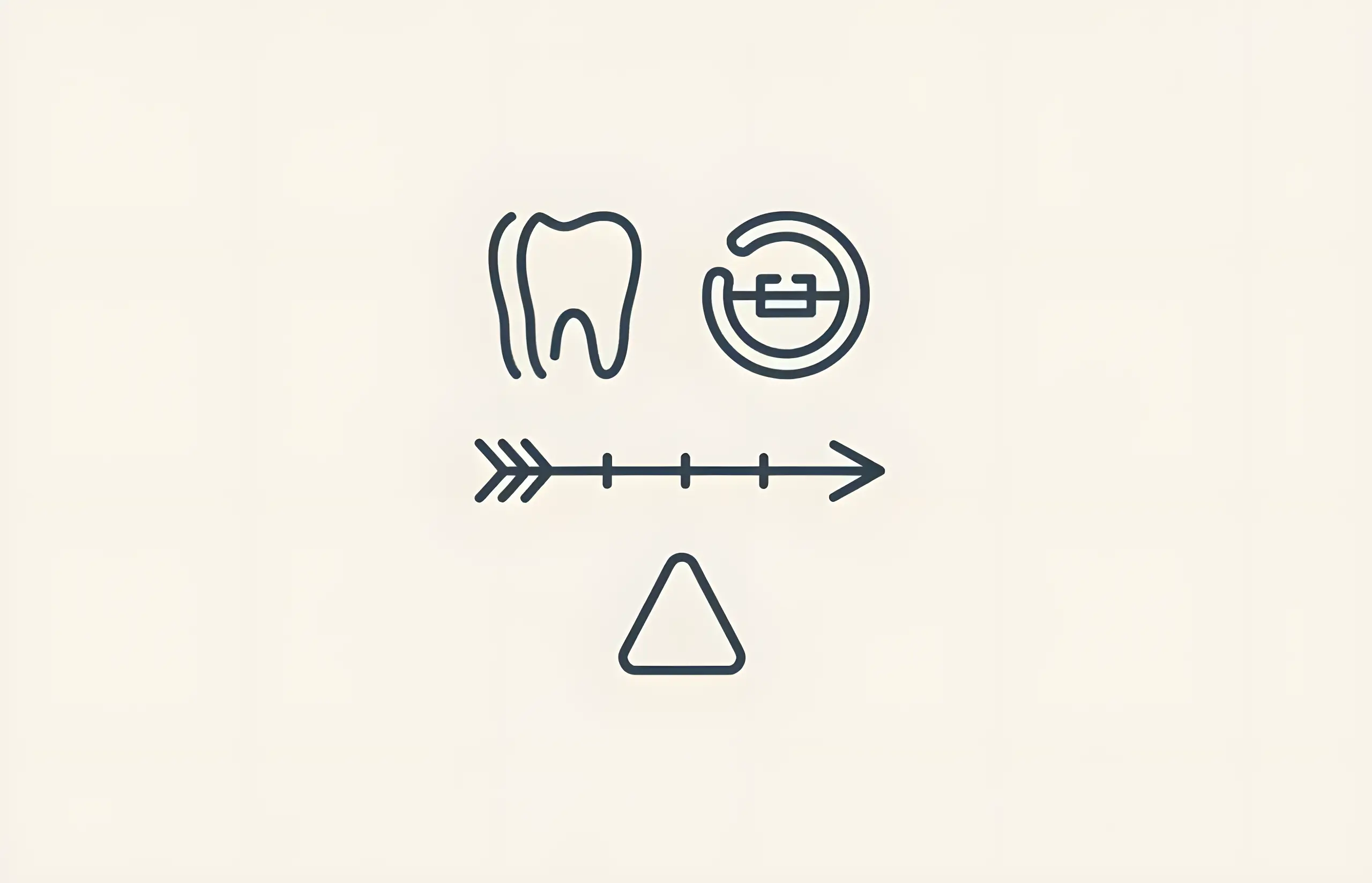
How Long Do Veneers Last?
Comprehensive guide to veneer longevity including survival rates, replacement considerations, irreversible enamel removal, color stability issues, and alternative restoration options
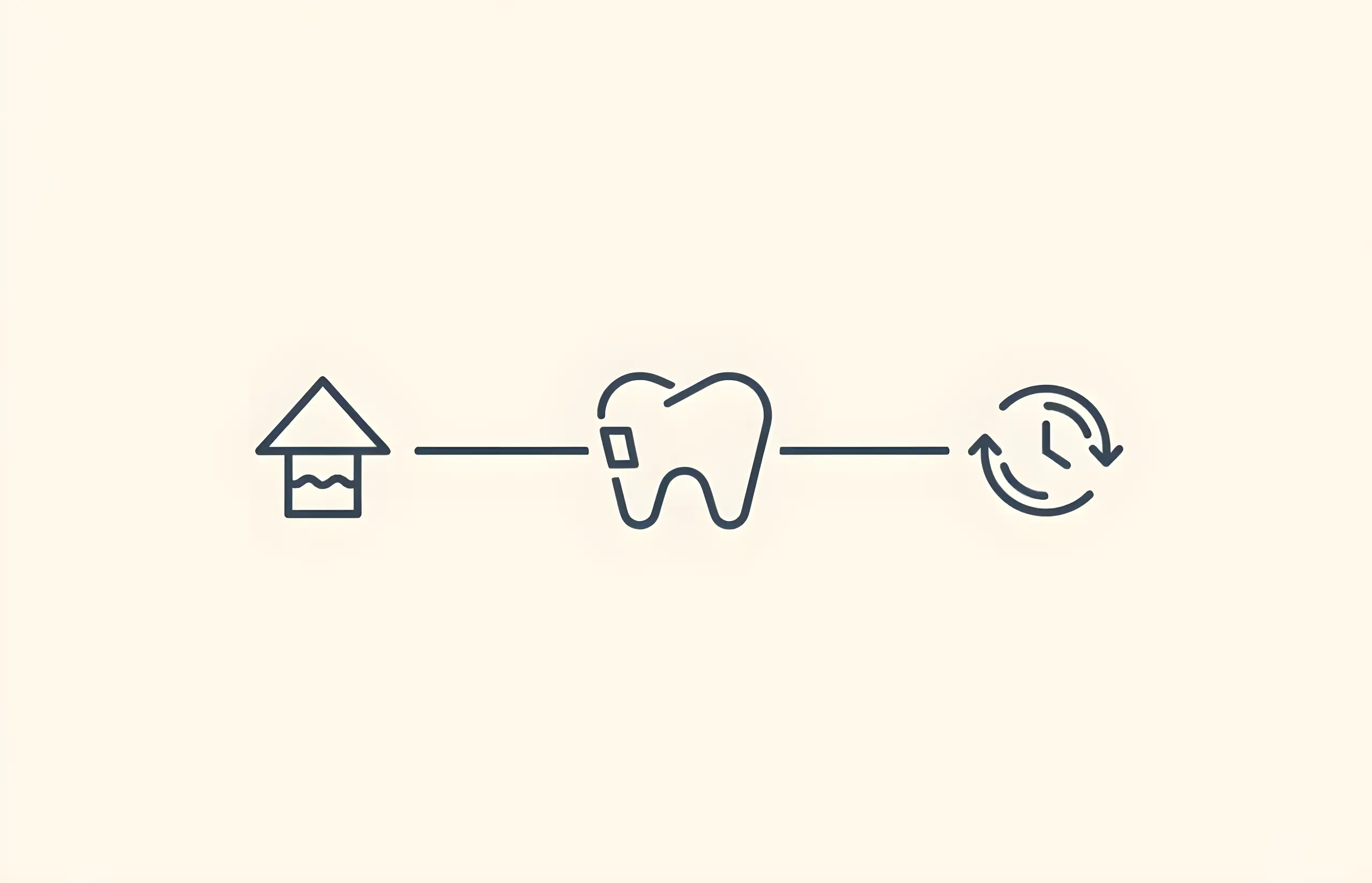
How Long Does It Take To Get Dental Veneers Fitted?
Complete Timeline Guide (3-4 Weeks Total, 94.4% Survival at 5 Years, 93.5% at 10 Years)
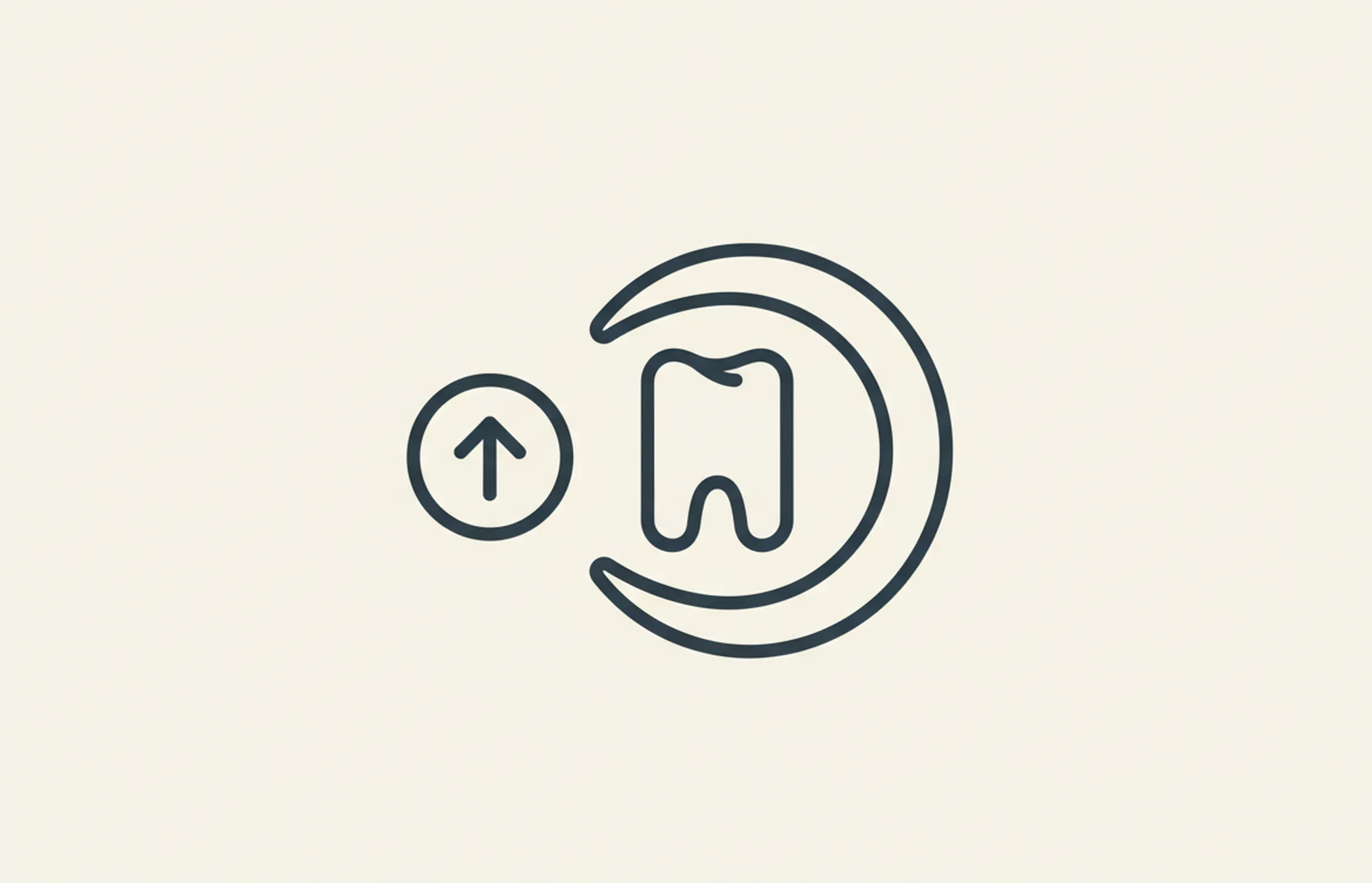
How Old Do You Have To Be To Get Veneers?
Comprehensive guide to age requirements for dental veneers, tooth development considerations, adolescent veneers, enamel bonding requirements, and factors affecting veneer candidacy

Do Porcelain Veneers Stain?
Comprehensive guide to porcelain veneers staining resistance, marginal discoloration (most common complication), color stability compared to composite, beverage effects (Coca-Cola worst, coffee second), surface roughness impact, and prevention strategies

The Pros and Cons of Veneers
Learn about the advantages and disadvantages of porcelain veneers including improved appearance, durability, stain resistance, cost, maintenance, and who is a suitable candidate
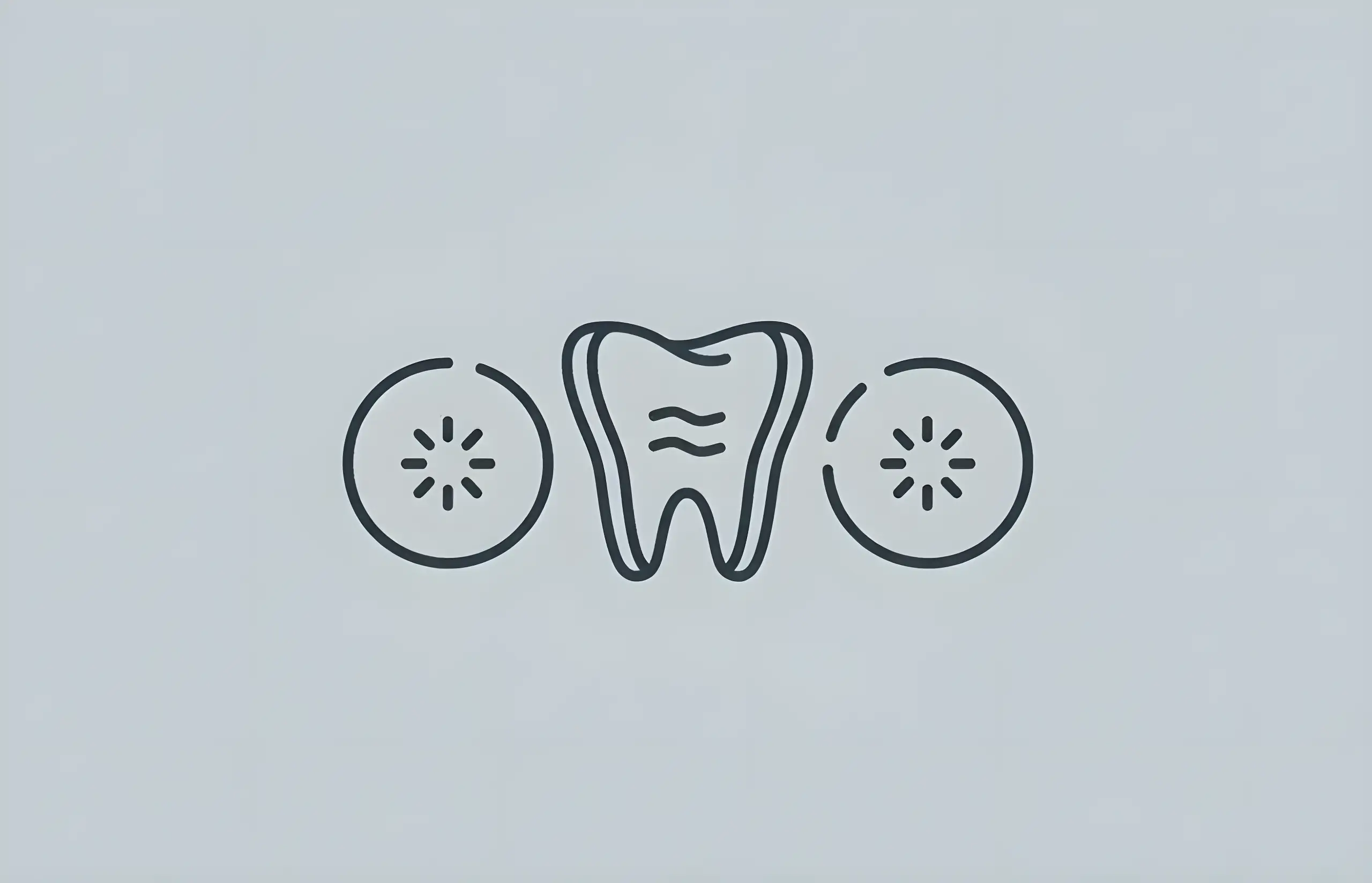
Sensitive Teeth After Veneers
Understanding causes, treatment options, and what to expect when experiencing tooth sensitivity after veneer placement

Different Types of Veneers
Comprehensive guide to veneer types including porcelain, composite, instant, and removable veneers with survival rates, costs, pros and cons, and how to choose the right option

Veneers For Front Teeth Gap
How porcelain veneers can effectively close diastema and improve your smile with a permanent, natural-looking solution

Veneers For Underbite Correction
Learn about using veneers for underbite correction including what underbites are, how veneers can help in mild cases, possible problems, and alternative treatment options

Can You Get Veneers With Crooked Teeth?
Comprehensive guide to using veneers for crooked teeth, including when they work, limitations, material options, and alternative orthodontic treatments
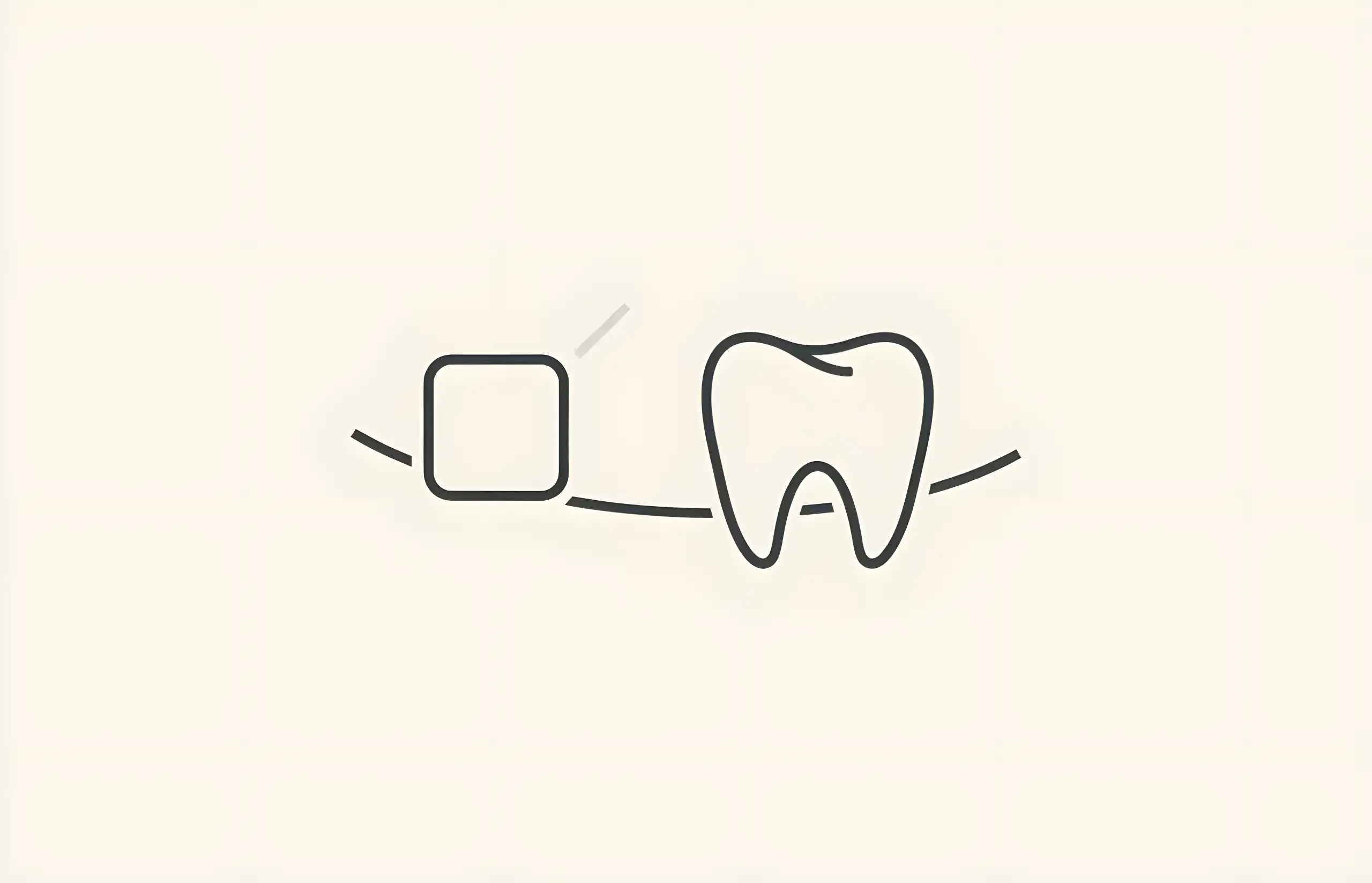
Can You Get Veneers With Missing Teeth?
Complete guide to veneers and missing teeth including why veneers cannot replace missing teeth, treatment limitations, and effective tooth replacement options
About The Dental Guide
The Dental Guide is a trusted online resource providing evidence-based information about dental health, treatments, and procedures. Our content is created and reviewed by qualified dental professionals to help you make informed decisions about your oral health.
Our Mission
- Evidence-based dental information
- Expert-reviewed content
- Clear, accessible explanations
- Latest treatment options
- Patient-focused guidance
Editorial Standards
- GDC-registered dental professionals
- Peer-reviewed sources
- Regular content updates
- Medical accuracy verification
- Transparent authorship
Important Notice
The information on The Dental Guide is for educational purposes only and should not replace professional dental advice. Always consult with a qualified dentist for diagnosis and treatment recommendations tailored to your individual needs and circumstances.
Medically Reviewed
Reviewed by Dr. Nasim Mechoui , BDS (Bristol)
Share this article
Comments & Discussion
Have questions about dental implants? Share your thoughts or experiences.
